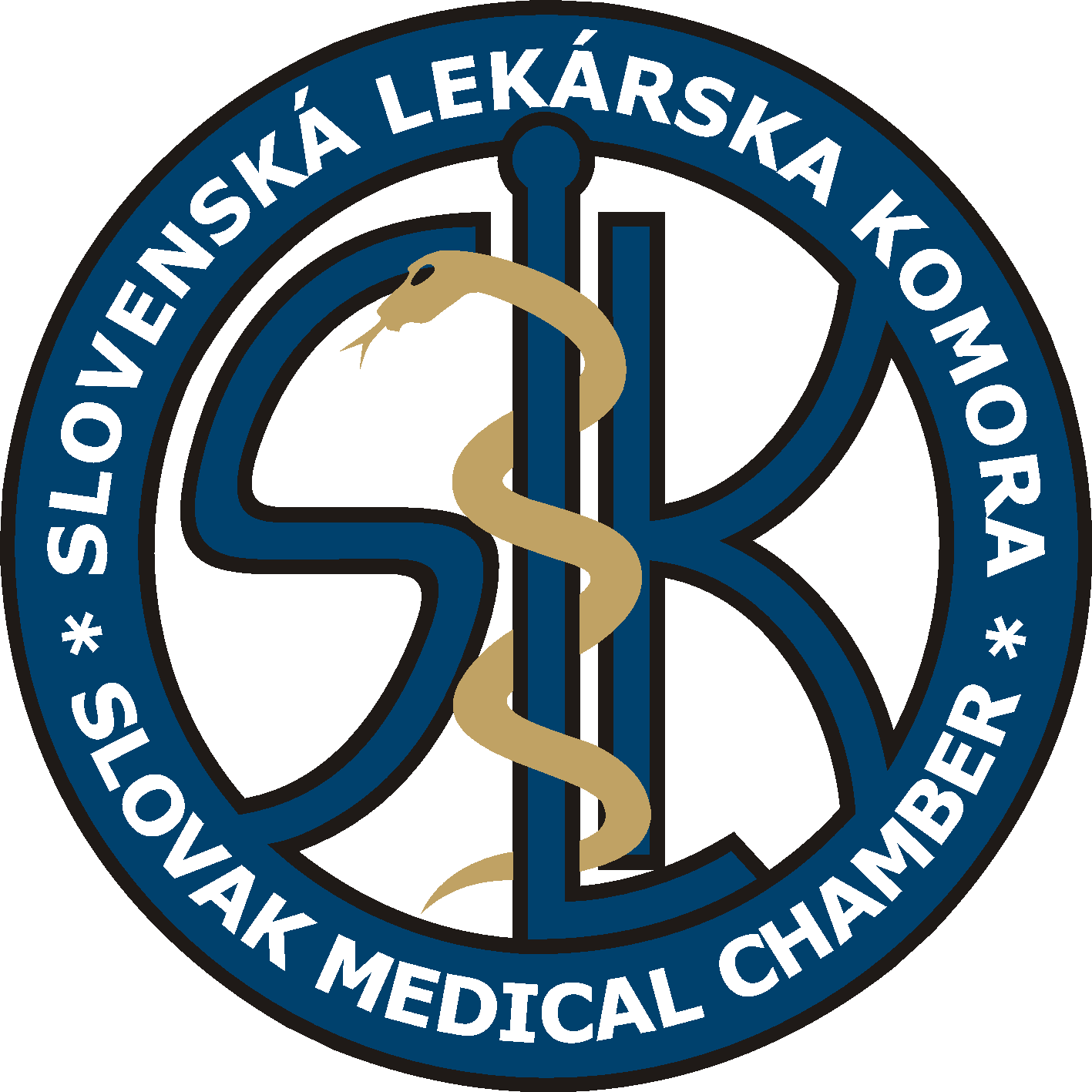SUMMARY
Methicillin-Resistant Staphylococcus Aureus (MRSA) belongs to a group of bacteria forming the ESCAPE group (acronym of bacteria that cause severe hospital infection- Enterococcus faecium, Staphylococcus aureus, Clostridium difficile, Acinetobacter baumannii, Pseudomonas aeruginosa, Enterobacteriaceae). The Slovak republic is in the red zone of staphylococcal resistance (red zone 25-50%), the average incidence of MRSA in Slovak republic is 29% in 2017.
Neighboring countries have a percentage of resistance up to 25%. MRSA is becoming a growing medical problem. Population aging, immunosuppressive therapy, long-term venous inputs, implants, high consumption of antibiotics in veterinary and human medicine are factors that increase its incidence. In the first part of the article we deal with the bacterium MRSA, its occurrence and treatment. The second part describes the case report of a 3-month-old infant with otitis media acuta in a nursing mother with abscessed mastitis. In both cases, MRSA was detected.
Key words: MRSA, new generation of antibiotics, resistance against beta-lactam antibiotics, acute otitis media.
Lek Obz, 2020, 69 (11): 426-429
L. SPODNIAKOVÁ 1, Ľudmila KMEČOVÁ 2, Mária ŠUPINOVÁ 3, Karol KRÁLINSKÝ 1,2,3
1 3rd Pediatric Clinic of Slovak Medical University, Hospital Lučenec
2 2nd Pediatric Clinic of Slovak Medical University, Children’s University Hospital Banská Bystrica, Slovakia
3 Medical faculty of Slovak Medical University, Banská Bystrica, Slovakia
L. SPODNIAKOVÁ, Ľudmila KMEČOVÁ, Mária ŠUPINOVÁ, Karol KRÁLINSKÝ: Methicillin-resistant Staphylococcus aureus – epidemiology and treatment abscessed mastitis and MRSA as a causative agent of acute otitis media in a 3-month-old breastfed child. Lek Obz, 2020, 69 (11): 426-429



